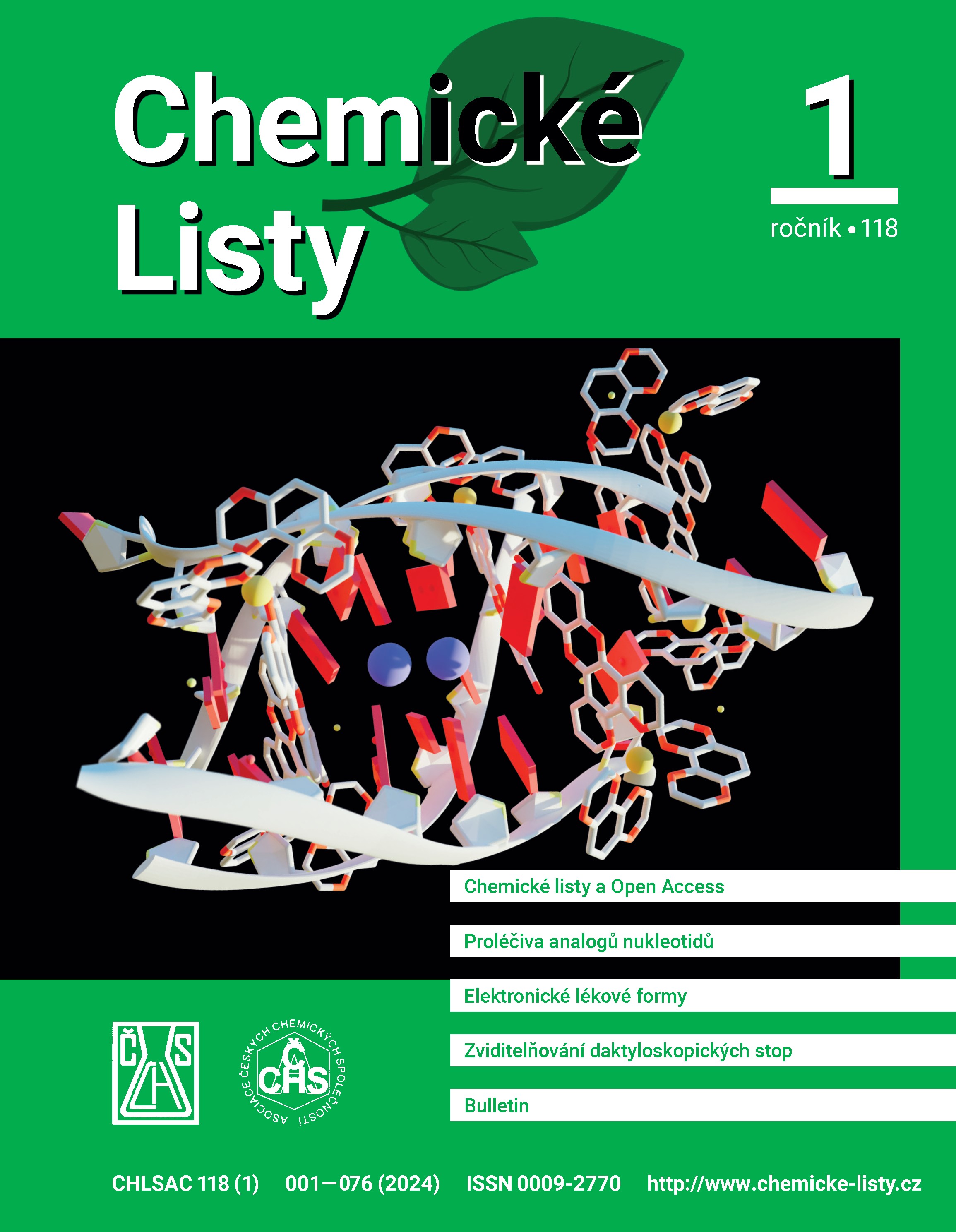Application of Spectral and Separation Methods to Assess the Quality of White Mustard (Sinapis alba L.)
DOI:
https://doi.org/10.54779/chl20240028Keywords:
oilseeds, white mustard, fatty acids, glucosinolates, sinalbineAbstract
Quality parameters (glucosinolate content, oil and fatty acid composition) of white mustard seeds and leaves were evaluated. The total glucosinolate content in the mustard seeds was higher than that in the leaves, and sinalbine was found to be the main glucosinolate in both cases. Analysis of the fatty acid content of the oil showed that erucic acid was predominant in the older genetic sources, while the new white mustard varieties contained less erucic acid. The results obtained showed that Fourier transform near-infrared spectroscopy can be used for routine evaluation of samples and for pre-screening purposes in white mustard breeding programmes.





